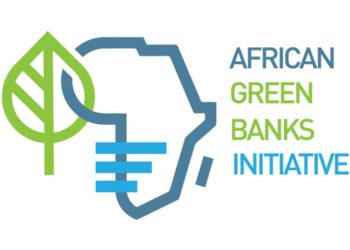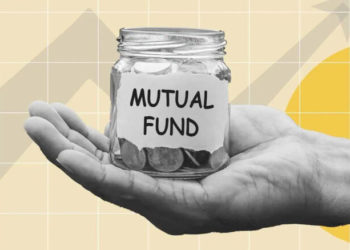The interplay between developed and developing economies is a complex web of financial and economic dependencies. When developed economies, such as the United States or those in the European Union, experience higher interest rates, the ripple effects felt by developing economies can be profound.
Higher interest rates in developed countries often lead to a strengthening of their currencies. This occurs because investors seek the higher returns available from these economies’ assets, which in turn increases demand for their currencies. For developing economies, this can result in a depreciation of their own currencies relative to those of developed countries. Such currency depreciation can make it more expensive for developing countries to service their external debt, and imports, much of which is denominated in foreign currencies, thereby exacerbating their financial burden.
Additionally, inflationary pressures in developing economies can also be a consequence of higher interest rates in developed countries. As the cost of imports rises due to currency depreciation, this can lead to an increase in the overall price level within developing economies, thereby reducing the purchasing power of consumers and potentially leading to social unrest.
Moreover, as capital flows towards the higher interest rates of developed economies, developing countries may experience a reduction in foreign investment. This can lead to a shortfall in funding for critical projects and infrastructure, potentially stunting economic growth and development. The outflow of capital can also lead to a decrease in the value of developing countries’ stock markets as foreign investors withdraw their investments.
Another significant effect is the increase in borrowing costs for developing economies. As global interest rates rise, so too do the rates at which developing countries can borrow on international markets. This can limit their ability to finance government spending and can lead to austerity measures that may have social and political ramifications.
However, it’s not all negative. In some cases, higher interest rates in developed economies can force developing countries to strengthen their economic policies and frameworks. This can lead to more sustainable economic growth in the long term. Additionally, for those developing countries that are net exporters of capital, higher interest rates in developed economies can mean higher returns on their foreign investments.

















